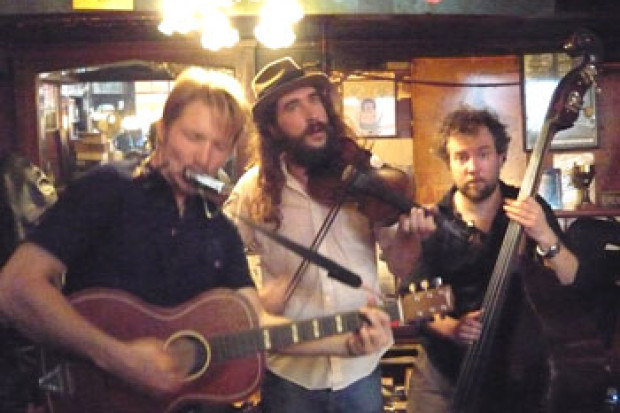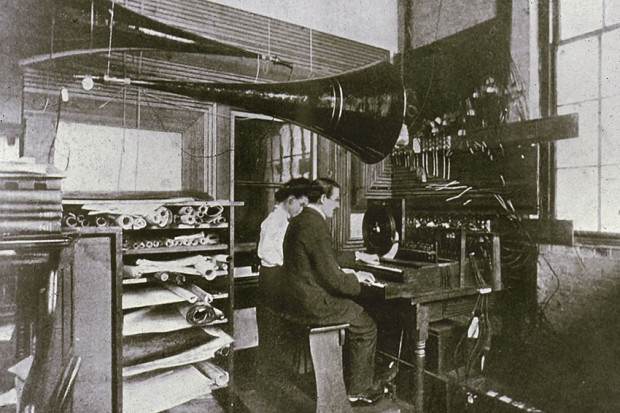
CD Review: Garth Knox – D’Amore
D’Amore serves up one of the most curious listening experiences gleaned from a classical recording in many a long day. And I don’t, necessarily, mean hearing a brace of traditional Irish and Scottish dances played by the odd-couple pairing of viola d’amore and cello (albeit that in itself is somewhat odd, if also somehow oddly pleasing).
Nor is it the century-hopping, genre-spanning programme that stretches from the beginning of the baroque through to the present day with almost insolent ease. The real curiosity here is the sound of the viola d’amore itself, a Cinderella of instruments if ever there was one.
Singularly distinctive about it is its two sets of strings; one to be played, the other tuned to the same notes as the bowed strings but left untouched to naturally resonate and enrich the overall sound – soft, discrete and impregnated with becoming melancholy.
Dublin-born Garth Knox, ex-Arditti Quartet member and a viola player of distinction, is a recent convert to the viola d’amore, whose second set of strings he describes as a ‘kind of memory … not a straight echo, but a kind of harmonically encoded souvenir’. And it’s the peculiarly plangent penumbra of the instrument’s second voice – like the baleful whisper of a shadow caught on the breeze – that Knox and recording engineer Stephan Schellmann capture, frame and articulate so compellingly here.
There’s a touch of appropriate bravado in Knox beginning the disc with his own nine-minute composition, Malor me bat – ‘a song that got separated from its words’ in the telling phrase of Paul Griffiths, who provides a characteristically illuminating booklet note. Beginning with a baritonal flourish, its rumbling, subterranean aspect is heightened, or, more appositely, deepened, by Agnès Vesterman’s cello accompaniment tuned down to a low A, the result a seismic register of sunken tectonic shift.
The thirty-two variations of an Ockeghem-attributed eight-bar bass that is Marin Marais’ Les Folies d’Espagne provides its own plumb line into the profundity of the instrument’s strangely affecting burnished asphalt sonorities. His early- and late-baroque counterparts, Tobias Hume and Attilio Ariosti, provide counterbalance and complement with, respectively, a sombre and meditative Pavin ribbed with darkly ornate Rackhamesque curlicues, and a sonata (the Prima Lexione) that reverberates disconcertingly within the mysteriously resonant baffle of this curiously perplexing twin-voiced instrument.
Ronald Moser’s bi-partite Manners of Speaking (2006) injects a tangy, sinewy stringency into the mix. Cresting on subtly different tunings for the viola d’amore’s bowed and sympathetic strings, it produces something both sweet and sharp.
Tuned to third-tone intervals, Klaus Huber’s single-movement …Plainte… (1990) is a microtonally dissipated homage to Luigi Nono that folds into itself with a trembling liquescence that intoxicates when it’s not threatening to drown the listener.
An intriguing display, then, of the alluring siren call of the viola d’amore, with Knox and Vesterman playing with rapt, beautifully recorded conviction throughout.
Published on 1 May 2008
Michael Quinn is a freelance music and theatre journalist based in Co. Down.















